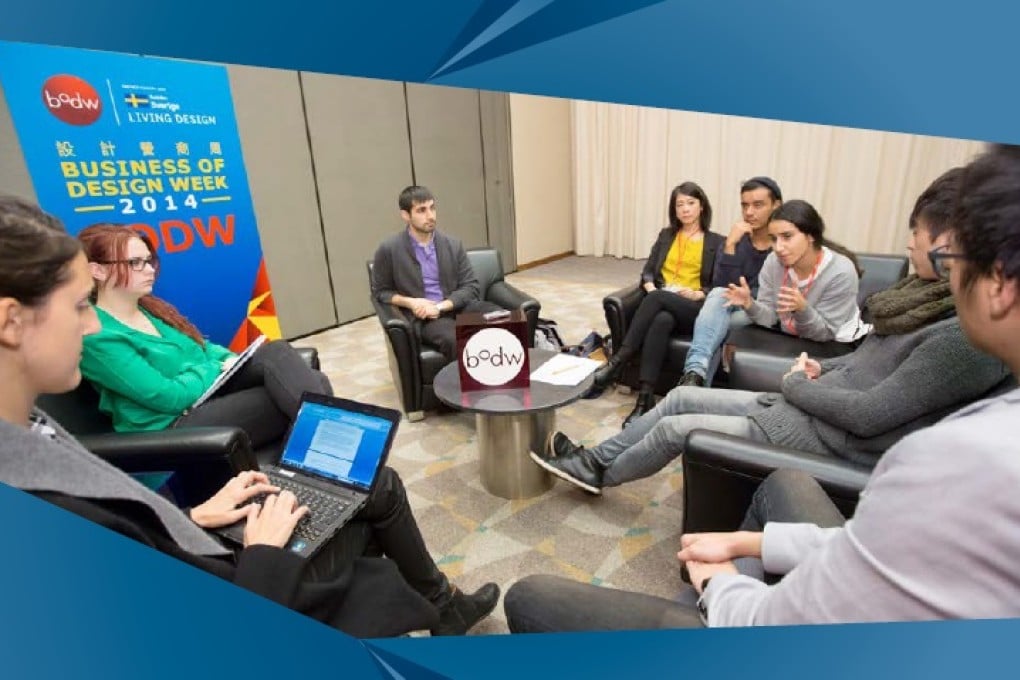Students learn from each other in global village of ideas
As part of Business of Design Week (BODW), students from Sweden – this year’s partner country – and Hong Kong took part in various workshops, seminars and activities. During the Design for Asia (DFA) awards, executive director of Hong Kong Design Centre (HKDC), Dr. Edmund Lee, defined “design thinking” as having a creative mindset in designing better solutions for tomorrow and the future.

As part of Business of Design Week (BODW), students from Sweden – this year’s partner country – and Hong Kong took part in various workshops, seminars and activities. During the Design for Asia (DFA) awards, executive director of Hong Kong Design Centre (HKDC), Dr. Edmund Lee, defined “design thinking” as having a creative mindset in designing better solutions for tomorrow and the future. Coming from two such different places – both with a strong design industry – what did the students learn about design thinking – and did they have different experiences?
Cyril Lee studies at the University of Science and Technology (HKUST) and has a background in engineering, which he says that design focuses on problem solving, even for the smallest detail. “This week I realised that a designer doesn’t always have the answer – but we have to clarify the ‘what’ questions we’re asking. For my next project, I’ll start by asking what the real problem is,” he says.
Swedish student Shahyan Khan is studying at Handelshögskolan University and is impressed that despite the oceans between them, both places share the same concerns. Kristin Asker, of Malmö University, notes that when a project is started with the presentation of a problem, the question “Can we do this better?” quickly arises. “It makes us ask questions about the world around us,” she explains.
Among the workshops, Lego® Serious Play® quickly comes up as a way for the students to explain what they learned. And it’s no surprise. During BODW, more than one speaker asked: “Have you ever watched a child play with Lego?” when talking about creativity. “We learned a lot about thinking with our hands,” says Lee. “In the last couple of years I’ve learned about creative ideas and sketches. But now I’m considering ‘don’t think’, but make with my hands – totally unexpected things might surface. At the moment, my creativity is limited by my brain,” he laughs. Asker agrees. “It’s interesting to explain your thoughts to a group that way, it’s effective communication. I’ll take that idea home with me.”
“It’s amazing how much we can be constrained by thinking,” says Khan. Physical forms have allowed her to create things her mind might not have otherwise considered. Andreas Nilsson, from HDK Steneby, notes the differences when working in a group. “Sometimes you hold back your ideas. I’ve learned to be consistent, say and do what I want, and enjoy the freedom.”
Meanwhile, Disney workshops also made an impact. Based around ideas of an attraction park and user-oriented games, Yiu Chau Chung, from PolyU, had an opportunity to think more about user-centred design. “We had to think about how a user behaves, instead of just thinking about our own opinions,” he says. And more teamwork also taught the students a few ideas about processes.